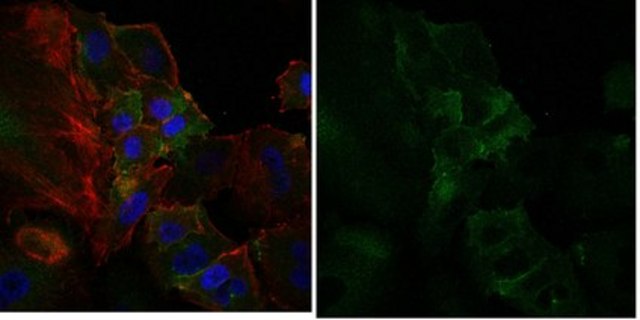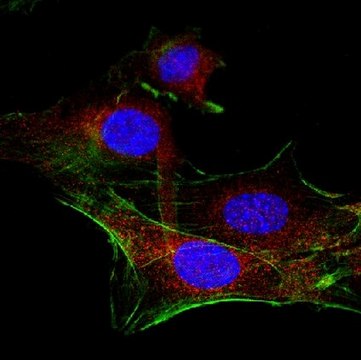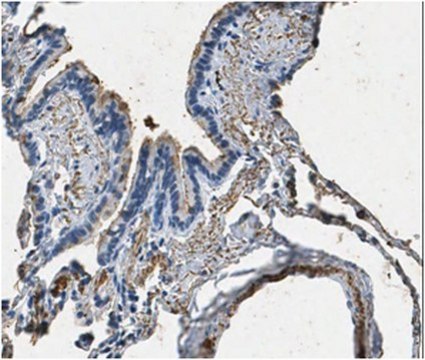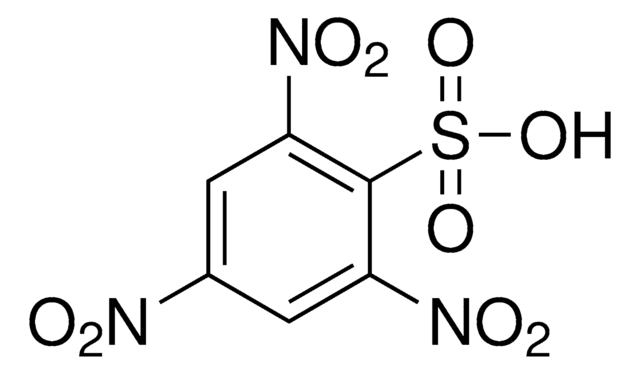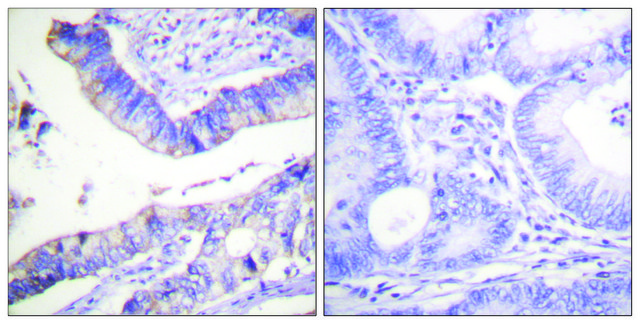MAB3132
Anti-Surfactant Protein D Antibody, lectin domain, clone IVF11
clone IVF11, Chemicon®, from mouse
Synonym(s):
SP-D
About This Item
Recommended Products
biological source
mouse
antibody form
purified immunoglobulin
antibody product type
primary antibodies
clone
IVF11, monoclonal
species reactivity
human, rat
manufacturer/tradename
Chemicon®
technique(s)
ELISA: suitable
immunohistochemistry: suitable (paraffin)
western blot: suitable
isotype
IgG1κ
NCBI accession no.
UniProt accession no.
shipped in
wet ice
target post-translational modification
unmodified
Gene Information
human ... SFTPD(6441)
General description
Specificity
Immunogen
Application
Suggested working dilution for fresh rat tissue is 1:400 and for fresh human tissue is 1:20. Fixation: acetone 5 min at 4°C, paraformaldehyde, paraffin. Tissue pretreatment: microwave treatment 2 x 5 min at 750 W for paraffin tissues.
Western blot
ELISA: as capture antibody
Optimal working dilutions must be determined by the end user.
Metabolism
Ion & Transport Channels
Linkage
Physical form
Storage and Stability
Legal Information
Disclaimer
Not finding the right product?
Try our Product Selector Tool.
Signal Word
Warning
Hazard Statements
Precautionary Statements
Hazard Classifications
Acute Tox. 4 Dermal - Acute Tox. 4 Inhalation - Aquatic Chronic 3
Storage Class Code
11 - Combustible Solids
WGK
WGK 3
Certificates of Analysis (COA)
Search for Certificates of Analysis (COA) by entering the products Lot/Batch Number. Lot and Batch Numbers can be found on a product’s label following the words ‘Lot’ or ‘Batch’.
Already Own This Product?
Find documentation for the products that you have recently purchased in the Document Library.
Our team of scientists has experience in all areas of research including Life Science, Material Science, Chemical Synthesis, Chromatography, Analytical and many others.
Contact Technical Service
